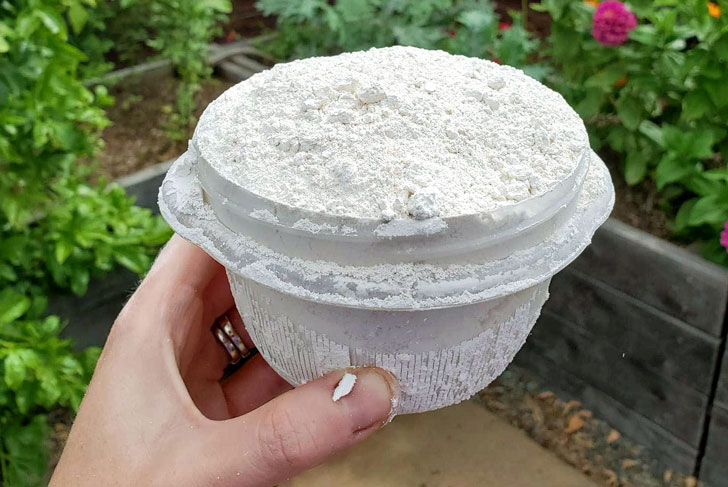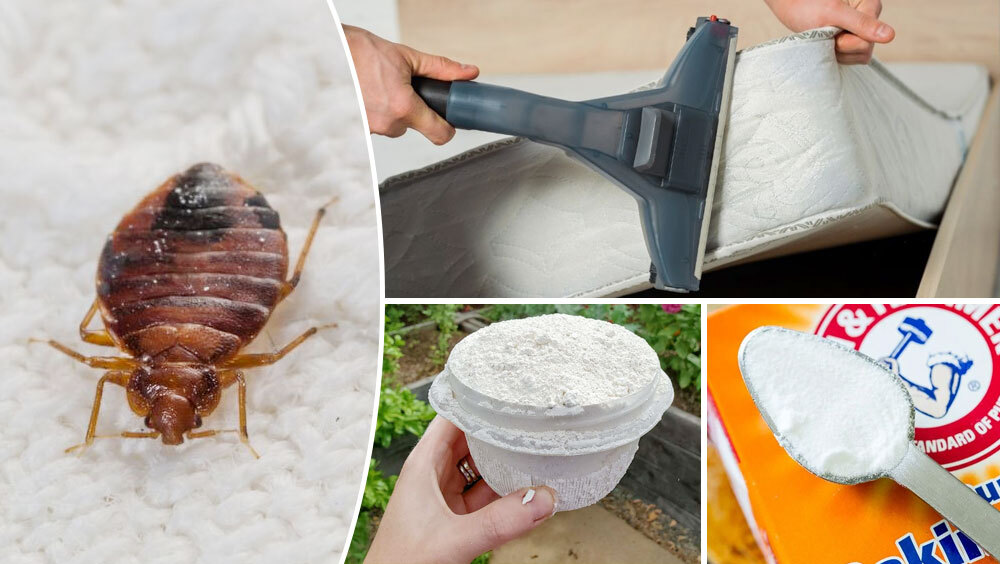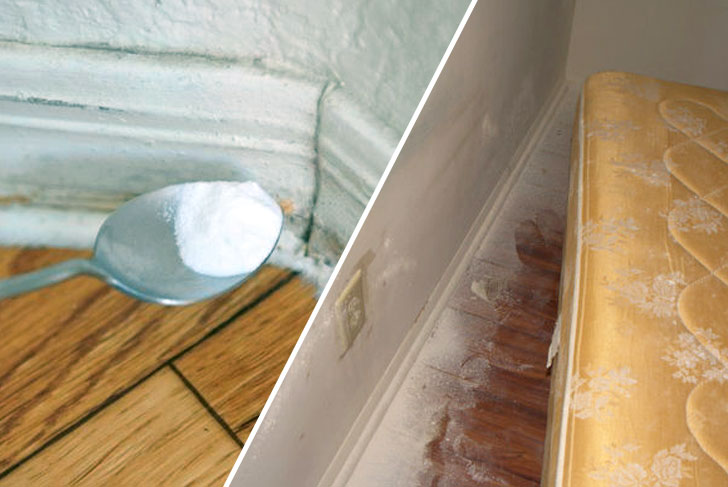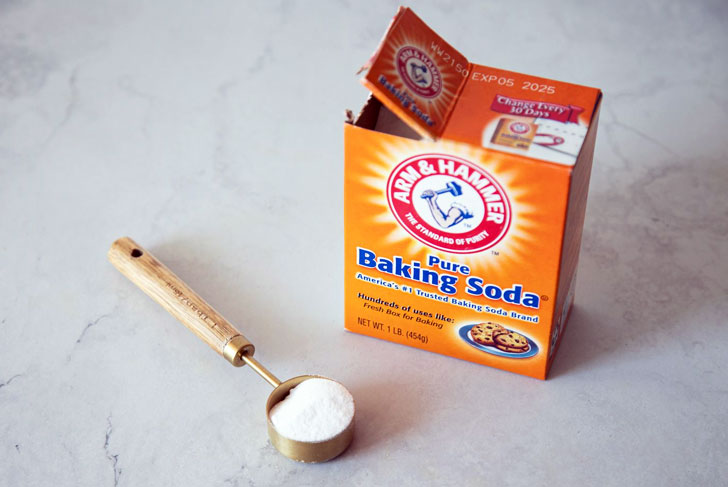Uninvited nocturnal nuisances have taken a bite out of your peaceful slumber? Don't let bed bugs steal your sweet dreams! Dive into our comprehensive guide on home remedies for bed bugs, where we unveil tried-and-true methods to send these pesky invaders packing. Before reaching out to professionals or spending a fortune, discover the power of household solutions that might just be your ticket to bug-free nights!
Diatomaceous Earth (DE)
Fact: Diatomaceous Earth is composed of fossilized remains of tiny, aquatic organisms called diatoms. Their skeletons are made of silica, a natural substance, which damages the exoskeleton of insects upon contact.

Diatomaceous Earth, commonly referred to as DE, is a naturally occurring substance derived from fossilized aquatic organisms. Its microscopic sharp edges are deadly to many insects, including bed bugs. When these pests come into contact with DE, it punctures their protective layer, leading to dehydration and death. It's a non-toxic solution and is especially helpful when sprinkled in areas where bed bugs are prone to hide. When using, opt for food-grade DE and always follow safety guidelines, such as wearing a mask, to prevent inhalation.




